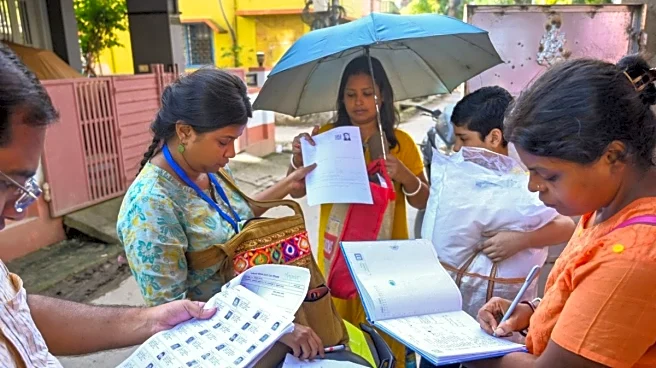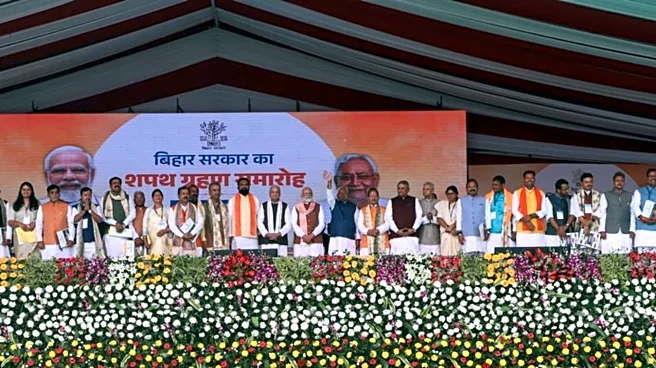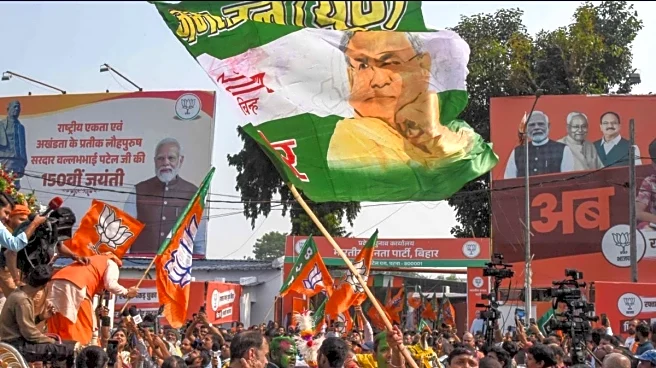November 21, 2025, will be etched in golden letters in the history of Indian labour. On this historic day, the four labour codes came into force, consolidating 29 antiquated, colonial-era central laws into one modern, transparent, and worker-centric framework:
- The Code on Wages, 2019
- The Industrial Relations Code, 2020
- The Code on Social Security, 2020
- The Occupational Safety, Health and Working Conditions (OSHWC) Code, 2020
This is not mere legislative action but emancipation of Indian labour from the chains of regressive, overlapping laws that choked both workers and enterprises for seven decades. No government since 1947 has done as much for the mazdoor, the shramik, the gig worker, the woman on the factory floor, and the migrant carrying his humble jhola from state to state as this single stroke of reform has achieved.
Mahatma Gandhi taught us that “the sweat of the labourer is the lifeblood of the economy”.
He saw workers not as cogs but as partners in progress, entitled to fair wages, safe conditions, and a voice in their destiny. These four Codes are a living tribute to that Gandhian vision.
Who benefits?
1. The 50-crore unorganised worker, earlier invisible to most laws, now has a statutory right to minimum wages, timely payment, bonus and a uniform definition of “wages” that ends deductions and leakages (Code on Wages, 2019).
2. The 1.5-crore gig and platform workers—Swiggy-Zomato delivery partners, Uber-Ola drivers, Urban Company professionals—are no longer just “partners” on an app. The Social Security Code, 2020, brings them into the formal net with mandatory provident fund, health insurance, accident cover, and gratuity, funded partly by aggregators. Corporate charity has now become statutory duty.
3. The interstate migrant, the pride of India’s demographic dividend, now carries a portable social security account. Move from Bihar to Bengaluru or Odisha to Gujarat—your EPF balance, ESI card, and gratuity travel with you. One Nation, One Workforce, One Safety Net.
4. Women have been handed the keys to workplaces long locked by paternalism. Consent-based night shifts, entry into underground mines, mandatory crèches, separate washrooms, and stricter sexual-harassment safeguards (OSHWC Code) demolish every outdated restriction.
5. Fixed-term employees, earlier treated as second-class citizens, now get gratuity after just one year instead of five, pro-rata leave, and equal pay for equal work. Contract or permanent—dignity is non-negotiable.
6. The small entrepreneur who juggled 29 registers now needs only one registration, one licence and one annual return. Factories can expand from 99 to 299 workers without triggering prior government approval for retrenchment (Industrial Relations Code, 2020). Compliance becomes common sense, not complicated stress.
7. Safer workplaces through a revolutionary risk-based inspection system (OSHWC Code). Low-risk units face web-based self-certification and randomised checks; high-risk industries get focused safety audits. The era of “inspector raj” ends; the age of “safety with ease” begins.
This reform demolishes the false binary of “pro-worker vs pro-business”. The real enemy of the worker is not the employer—it is joblessness.
By formalising gig workers and migrants—over 40 million interstate movers—these codes can add 20–30 million jobs to the organised sector. Simplified compliance unshackles MSMEs (110 million jobs, 30% of exports). Gender-inclusive provisions will lift female labour-force participation toward global benchmarks, adding trillions to GDP. Foreign investors now see a labour market aligned with global standards—expect FDI surges and factories multiplying. India now moves from “inspector raj” to “Shramik raj”. Minimum wages move from slogan to statute. Social security coverage leaps from 10% to potentially 100% of the workforce—the biggest expansion of the welfare net in independent India.
Since the Second National Commission on Labour (2002), the journey involved nine tripartite consultations, Parliamentary Standing Committee scrutiny, and thousands of stakeholder suggestions. Post-enactment, 27 states published draft rules under the Wages Code alone for public comment. By mid-2025, over 30 states and Union Territories—including DMK-ruled Tamil Nadu, CPI(M)-led Kerala, and Congress-ruled Karnataka—had pre-published or notified their rules, proving reform knows no party lines when it serves the people.
As the four labour codes come into force across the country, India has declared to the world: our workplaces will be safer, wages fairer, and businesses more competitive.
Shramev Jayate! The labourer has triumphed. Prime Minister Modi and Labour Minister Mansukh Mandaviya deserve full credit for this.
The author is National Spokesperson of the BJP. Views expressed in the above piece are personal and solely those of the author. They do not necessarily reflect News18’s views.














